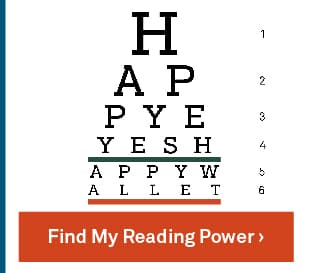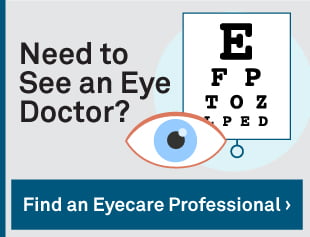Why should my child be tested at 6 months old?
By 6 months of age, it is reported that infants should have the same focusing ability, color vision, and depth perception as adults. When your infant is being tested, it is to ensure that their eyes are developing normally. To ensure that the eyes are developing normally, the eye doctor will perform:
Pupil Responses – This measures whether the pupil opens and closes accordingly in the presence or absence of light.
“Fixate and Follow” – This test evaluates if your child’s eyes have the ability to fixate on an object, such as light, and follow it as it moves.
Preferential Exam – This test is done by using cards that have a striped side and a blank side. The test is done in place of an eye chart.
What are some common vision problems of school-aged children?
The following issues are commonly found among children from kindergarten to the fifth grade age:
Amblyopia – Commonly known as lazy eye, amblyopia is poor vision in one or both eyes without noticeable damage in the eye. Amblyopia is not always treatable and correctable. Eye patches are sometimes used to strengthen a weak eye.
Strabismus – Strabismus occurs when the eyes are crossed or misaligned. Strabismus is caused from weak or poor eye muscles. It is critical that this is diagnosed early, as it is imperative that it gets fixed immediately.
How do I know if my infant is having vision problems?
If your child is 3 months or older, they should be able to track or follow an object. Moving a toy across their field of vision is a way to test to see if they can hold a gaze. It is normal for babies under 4 months old to cross their eyes occasionally. It is abnormal to have crossed eyes or turned-out eyes. If your infant is having these symptoms, it is very important to contact your physician.
Resources on Infants and Vision
- American Optometric Association Infant Vision: Birth to 24 Months
- All About Vision: Infant Vision Development
- Smith-Kettlewell Eye Research Institute “When Can My Baby See?”
- American Optometric Association: Infant’s Vision





0 Comments